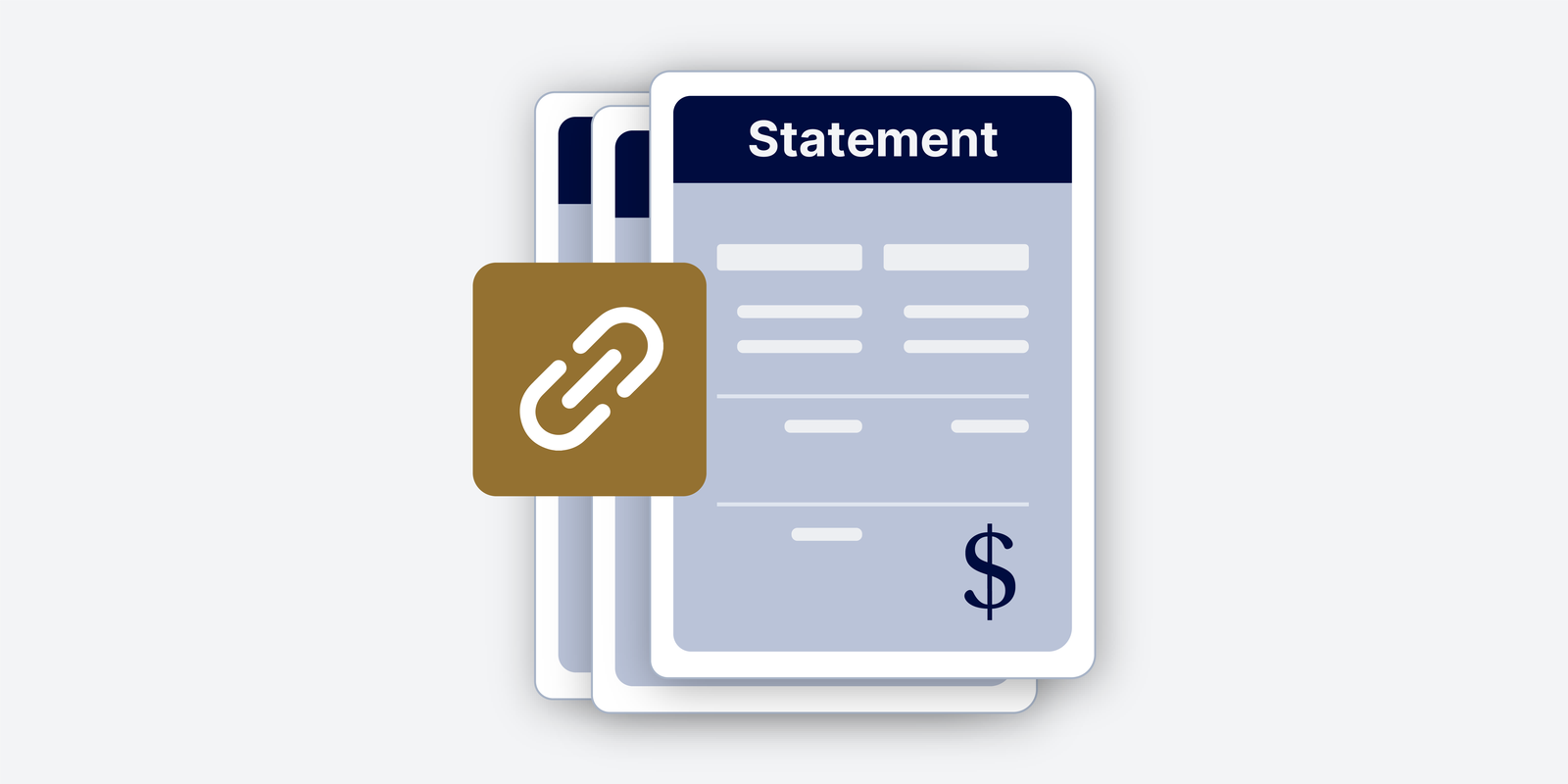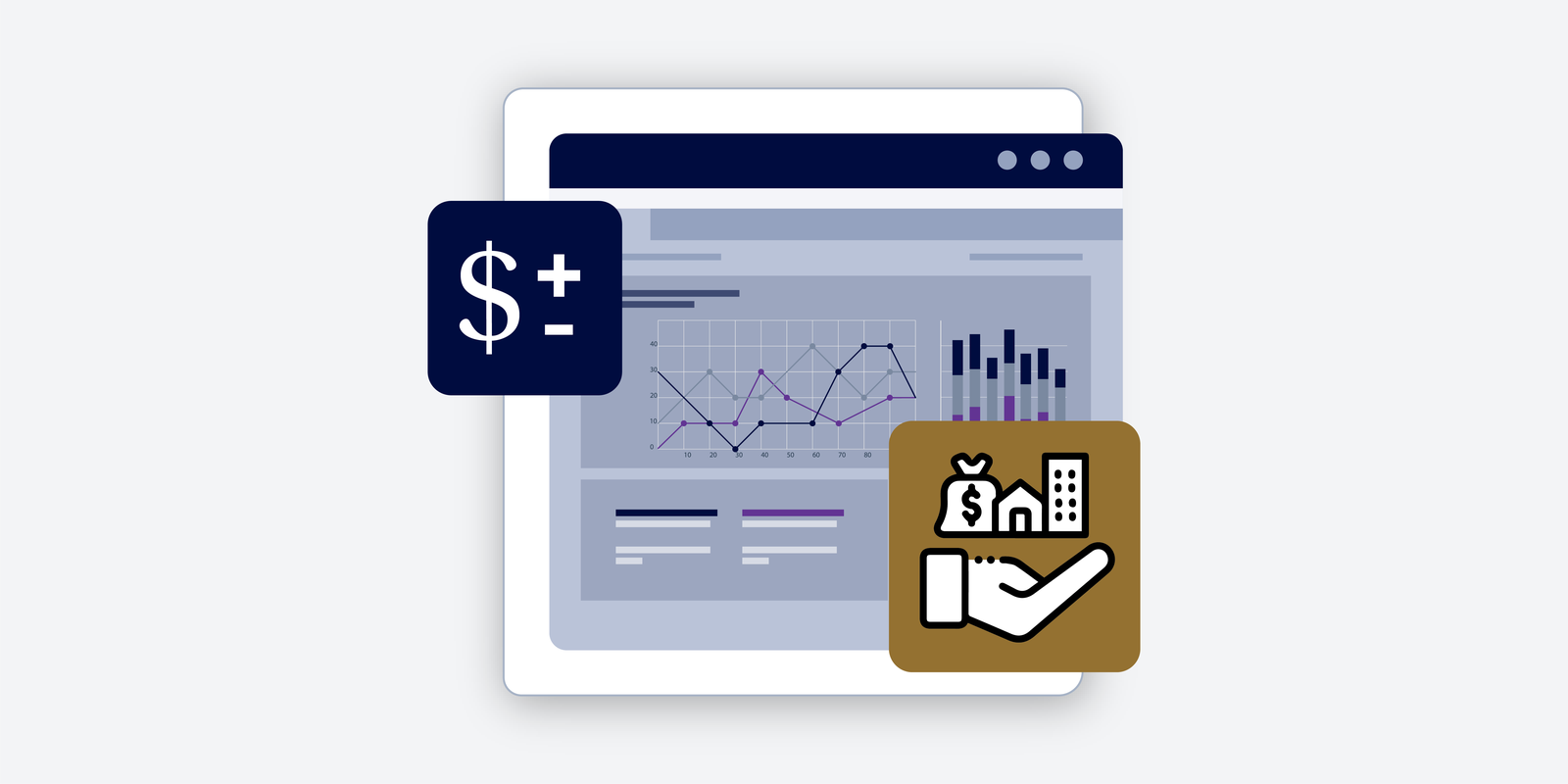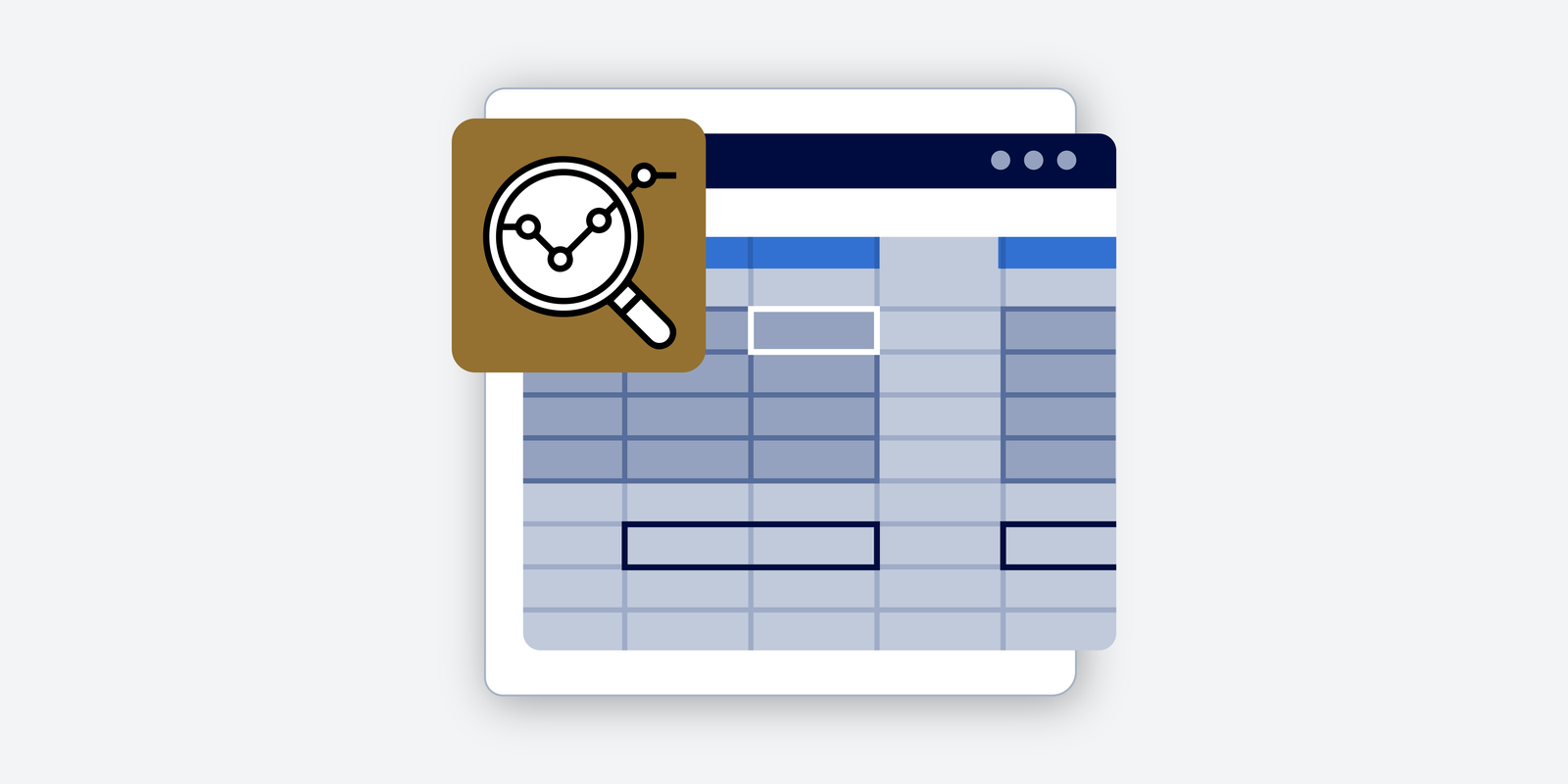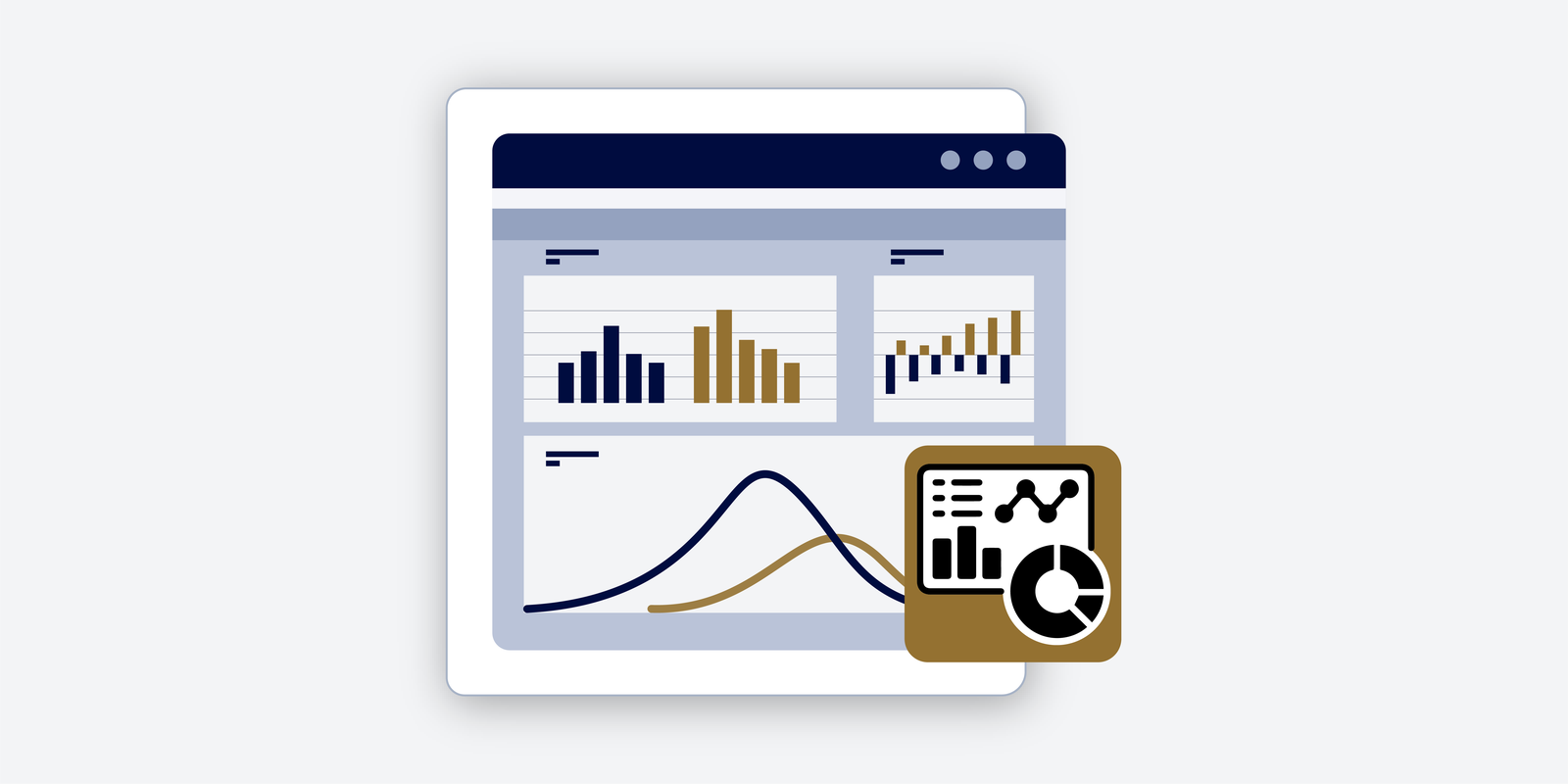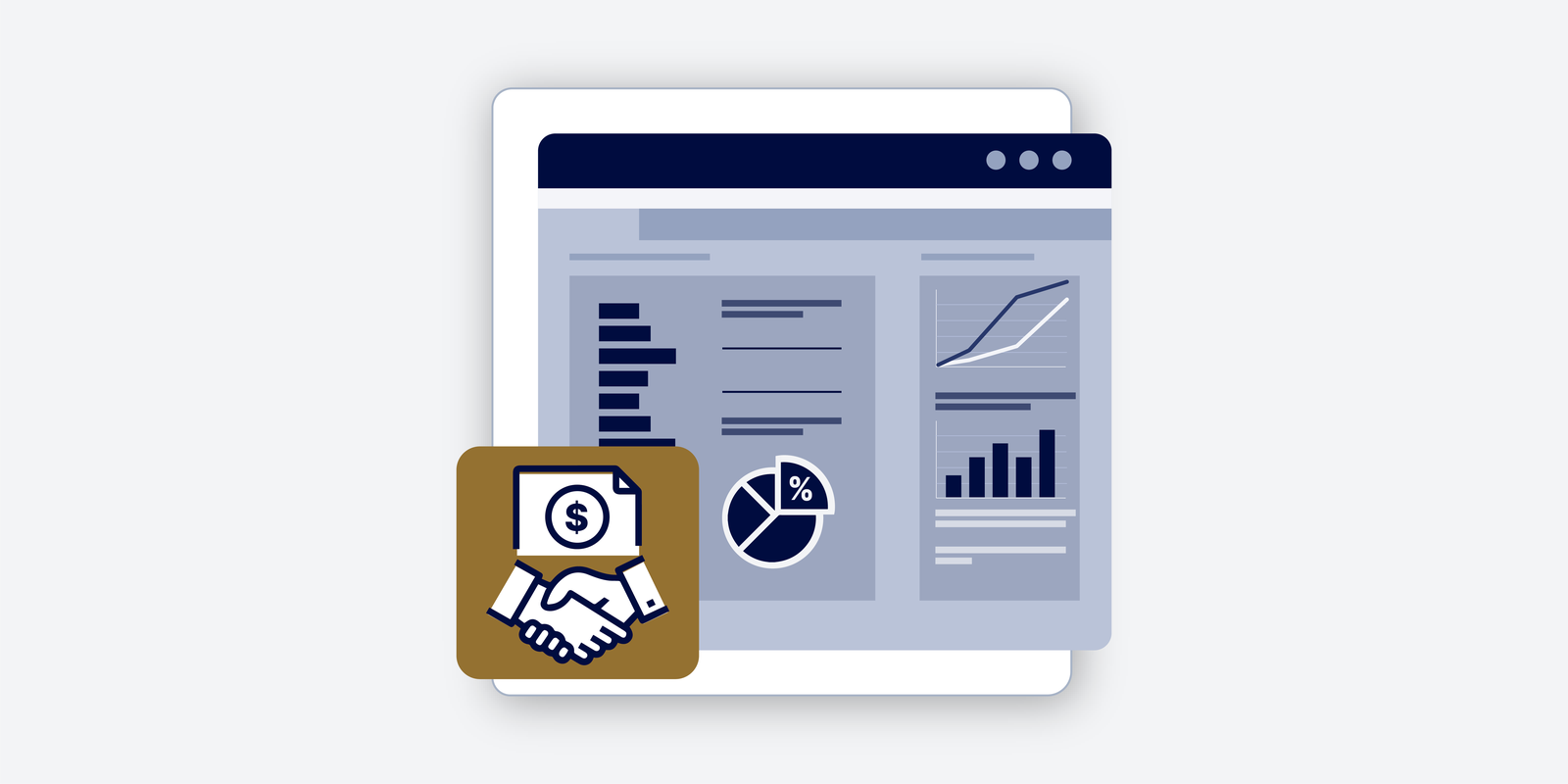Corporate Finance Explained | Corporate Debt Management: Strategies and Risk
In this episode of Corporate Finance Explained on FinPod, we dive into the world of corporate debt management, a crucial aspect of business strategy that can fuel growth or sink companies if mismanaged. Join us as we break down the fundamentals of debt versus equity financing, explore real-world examples like Tesla, Apple, and Toys R Us, and reveal best practices that companies use to navigate the complex financial landscape.
Learn how companies use leverage to amplify returns, the strategic use of convertible debt in high-growth phases, and the risks of over-leverage with cautionary tales from companies like Evergrande. From term loans to mezzanine financing, this episode provides a comprehensive overview of the tools and strategies finance professionals need to manage debt effectively.
Whether you’re a finance student, an aspiring corporate finance professional, or someone looking to understand how companies manage financial risks and optimize capital structures, this conversation offers invaluable insights and practical strategies for success.
Transcript
All right, so we’re diving into something today that I think is pretty critical for any business that wants to grow and that is corporate debt management. Absolutely. And I think it’s a topic that a lot of people find kind of mysterious, but it really is the engine that drives how companies fuel their ambitions and navigate the whole financial landscape.
(…)
Today, we’re going to break down some of the strategies for managing debt. Well, we’ll look at the different types of debt out there and when it makes more sense to use debt versus equity. And I think what’s really going to bring this to life are some real world examples of companies that have either used debt really well or have struggled. Yeah, some wins and some warnings. Yeah, and hopefully our listeners will walk away with some really practical takeaways that they can apply. Absolutely.
(…)
So I think a good place to start is with just the concept of corporate leverage. Okay. What does it actually mean when we say a company is highly leveraged? So leverage at its core is really about using borrowed money or debt to finance a company’s operations or investments. Okay. It’s like… So it’s using other people’s money.
(…)
Exactly. Using other people’s money… Got it. …to try and amplify your returns. Okay. Now, the key here is finding that right amount of debt, what we call the optimal capital structure. Okay. And that’s the mix of debt and equity that allows a company to operate at the lowest possible cost. Right. So that it can achieve its goals effectively. So it’s kind of like a sweet spot. It is a sweet spot. Yeah. Where you’re not… You’re not taking on too much risk. Yeah, too much risk, but you’re also… But you’re also using other… …the benefits of leverage. Got it. Got it. So I think this is where some of the examples are helpful. I think one company that a lot of people are familiar with is Tesla. Right.
(…)
They were in this incredible high growth phase from say like 2013 to 2019. Absolutely, yeah. And they really strategically used convertible debt. Yeah. Can you explain what convertible debt is? So convertible debt is basically debt that can be converted into equity in the company under certain conditions. Okay. So it’s attractive to investors who want exposure to the upside of the company’s growth. Right. But with the security of a debt instrument. So it’s kind of a hybrid? It is a hybrid. Yeah, okay. And the fascinating thing about how Tesla used this is that it was perfect for their phase where they were high growth, high risk. Yeah. They didn’t have a lot of cash flow yet. Right. But investors were betting on their future success. Okay. So this allowed them to raise money without having that immediate pressure of those huge interest payments. So it minimized the cash outflow. Minimize the cash outflow, exactly. At a time when they were burning a lot of cash. Exactly. And then as they matured, as their cash flow improved dramatically, they shifted gears, they started to pay down debt. So it really shows how a company’s financial strategy needs to evolve as the company itself grows. Yeah, adapt with the times. Adapt with the times, exactly.
(…)
All right. So that’s a company that I think used debt really strategically. Yes. Now, for a different example, let’s talk about Evergon in China. This is a company that really shows the dangers of getting leverage wrong? Yeah. Yeah. They became massively overleveraged. Meaning they had too much debt. They had way too much debt. Yeah. And they were relying very heavily on short-term borrowing. Okay. So they had to constantly refinance. Okay. And so when did that become a problem?
(…)
So this really became a problem in 2021 when the financial markets got a little tighter. Okay. And they suddenly faced a cash crunch. They couldn’t roll over their debt. They couldn’t roll over their debt. And it wasn’t always clear how much debt they actually had. Right. They weren’t the most transparent company. Yeah. So that’s a great example of the need for transparency in the markets. Absolutely. And also just the dangers of- That’s so much short-term debt. Short-term debt, yeah. You need to have a good mix of maturities. Okay. So we’ve talked about leverage. We’ve seen how it can be used really well and how it can go really wrong. Right.
(…)
Let’s talk now about the different types of corporate debt that are out there. Okay. So we have a whole toolbox of options when it comes to corporate debt. Really? Each have its own characteristics and best uses. Okay. So starting with maybe the most common one-term loans. Okay. These are standard loans with a fixed repayment schedule. Okay. Often used for funding long-term investments. So if you want to buy new equipment or- Buy new equipment, acquire another company. Yeah. That kind of thing. Okay. Then you have revolving credit facilities. Right. These are more flexible lines of credit. Like a business credit card? Like a business credit card. Exactly. That companies can use as needed for things like working capital. Okay. So for the day-to-day fluctuations in their business. Okay. Now for larger companies, corporate bonds are a common way to raise significant capital. Right. These are essentially IOUs sold to investors. Right. Promising to pay back the principal plus interest over a certain period of time. Okay. And then we have the convertible debt that we talked about with Tesla. Right. Which is that hybrid instrument that can switch to equity. Okay. Attractive for companies in high growth sectors or technology. Got it. And beyond that, you have some other instruments like preferred shares, which are kind of a blend- Okay. Of debt and equity. Right. And mezzanine financing, which is kind of in between. Okay.
(…)
So mezzanine, that’s like higher risk than a bank loan, but- Yeah, it’s higher risk than a bank loan, but less risky than straight equity. Got it. Often comes with higher interest rates. Right. But it bridges the gap between the two. Got it.
(…)
So you’ve got kind of a spectrum of options. Exactly. A spectrum of options. Yeah. And what’s really interesting is that each of these types of debt- Yeah. Impacts a company’s financials differently. Okay. So they have different interest payment obligations. Yeah. They often come with covenants, which are promises the company makes to the lenders. Right. Like maintaining certain financial ratios. Exactly. Maintaining certain financial ratios or certain performance metrics. Got it. And they also affect the company’s flexibility in its overall financial structure. Yeah. So, choosing the right type or mix of types is really about finding the best fit. Right. So it’s not just about getting the cheapest money. It’s not just about the cheapest money. It’s about getting the right kind of money. The right kind of money. For your specific needs. For your specific situation. Exactly.
(…)
Okay. So we know there are all these different types of debt, but let’s step back for a second. Okay. And ask a really fundamental question. Why would a company choose to take on debt in the first place? Right. Why not just issue more equity? Yeah. So that’s the million dollar question, right? Yeah. Why use debt when you could just sell more shares? Right. Well, equity financing has some advantages. Okay. You don’t have to make regular interest payments. Okay. And you don’t have those restrictive covenants that we talked about. Right. But it also means giving up some ownership in the company. Right. You’re diluting the existing shareholders. Exactly. You’re diluting the ownership. Yeah. And sometimes issuing new equity can actually be perceived negatively by the market. It can be a signal. It can be a signal. That the company thinks its stock is overvalued. Exactly. That’s right. Okay. So that’s the downside of equity. Right.
(…)
What about the upside of debt? So, debt can actually often be a less expensive source of capital. Because the interest rates are lower? Because the interest rates are typically lower than the return that investors expect on equity. Okay. And if a company can use that borrowed money to generate profits that are higher than the cost of the debt, it can actually boost returns for the shareholders. So you’re kind of using leverage to magnify your returns? You’re using leverage to magnify the return on equity. Got it. And this is where this concept of weighted average cost of capital or WACC comes in. Okay.
(…)
WACC is basically the overall cost of all the money that a company uses. Got it. And finance teams use WACC analysis to determine the ideal mix of debt and equity. So they’re trying to find that optimal capital structure again. Exactly. They’re trying to optimize the capital structure to support growth and maximize shareholder value. And debt can actually help lower your overall cost of capital. That’s right, because interest payments are often tax-deductible. Okay. So that effectively makes debt a cheaper form of capital up to a point, of course. Right, right. You don’t want to overdo it. Right, of course. But strategically, using debt can give you a competitive edge. Yeah. As long as you’re managing it very carefully.
(…)
So this brings us to risk management. Risk management, absolutely. Because even if you structure your debt really carefully, you still need to manage it. You need to actively manage the risk. Yeah. So what are some of the key risks that we should be thinking about? So one of the biggest ones is interest rate risk. Right. Especially now, when interest rates are moving around quite a bit. Yeah, they’re volatile. They’re volatile. If a company has a lot of debt at variable rates, a sudden increase in rates could really hurt them. It could make their interest expense go way up. Exactly. It can really squeeze their margins. Then there’s refinancing risk. Okay. This is the challenge that a company faces when it’s dead comes due. Yeah. And it needs to borrow again. Or pay off the old debt. To pay off the old debt. Yeah. Now, if the market conditions have changed. Or the company’s own financial situation has weakened. Exactly. Refinancing can become very difficult or much more expensive. Right.
(…)
Then there’s covenant risk. Covenant risk. Okay. This is where a company might violate the terms of its loan agreements. Right. Those covenants that we talked about. Right. Those promises they make. Those promises. Yeah. And if they trip those covenants, it can lead to penalties or even demands for immediate repayment. Wow. And finally, there’s the impact on the company’s credit rating. Right. A lower credit rating makes future borrowing more expensive. It’s like a vicious cycle. It is a vicious cycle. Yeah. And it can also damage relationships with suppliers and customers.
(…)
So how do good finance teams actually manage all of this? So really good treasury teams. Yeah. They use a variety of tools and strategies. Okay. They create detailed schedules of when their debt matures. So they can plan ahead. So they can plan ahead. Okay. They might use hedging instruments. Hedging, what is that? Hedging is basically using financial instruments to protect against unexpected changes. Okay. Like interest rate changes or currency fluctuations. Okay. So they’re kind of like insurance policies. They’re like insurance policies, exactly. And they also do a lot of cash flow, stress testing. What is that?
(…)
Stress testing is basically running simulations. Okay. To see how the company would perform in different scenarios. Like a recession or? Like a recession, a sudden drop in sales. Okay. You know, a spike in interest rates. Okay. So they’re trying to think about all the things that could go wrong. Got it. And make sure they have a plan. Okay. So they’re being proactive. They’re being very proactive. Yeah. And that’s really the key. Okay. So I think it’s really helpful to look at some real world examples. Absolutely. To see how this all plays out. Yeah. We talked about Tesla and Evergrande, right? Are there some other examples that you think are particularly illustrative? Yeah.
(…)
So a great example of a company that’s used debt strategically is Apple. Apple. Okay. Back in 2013, they issued $17 billion in corporate bonds. Wow. Which at the time was the largest corporate bond offering ever. Okay. Now here’s the interesting part. Yeah. Apple was sitting on a huge pile of cash overseas. So why would they issue debt if they have all this cash? That’s the question, right? Yeah. Well, it was a really smart financial move driven by the tax laws at the time. Okay. Bringing that offshore cash back to the US would have triggered a big tax bill. Okay. So it was actually cheaper for them to issue new debt domestically to fund things like share buybacks and dividend payments. Interesting. So they were actually optimizing their capital structure to take advantage of. Of the tax laws. Yeah. Okay. That’s fascinating. Yeah. It’s a great example of how debt can be a strategic tool. Yeah. Even for a company with a lot of cash. Even for a company like Apple, it’s a wash and cash. Okay. So that’s a win. That’s a win.
(…)
What about a cautionary tale? A cautionary tale. Yeah. Toys R Us is a good one. Toys R Us. So in 2005, they were taken private through a leveraged buyout. Okay. Which means a lot of the purchase price was financed with debt. So they started out with a lot of debt. They start out with a mountain of debt. Okay. And as their business started to struggle, they had to make these massive interest payments, which really limited their ability to adapt. Right. And eventually, they filed for bankruptcy. So, too much debt can really sink a company. Too much debt can absolutely be a killer. Yeah. Especially if your business is facing headwinds. So it’s all about finding that right balance. Finding that right balance. Yeah. And managing it carefully. Okay.
(…)
So, for all the finance professionals out there listening, what are some of the key best practices that you would recommend? All right. So, best practices for corporate debt management. Yeah. For mid-sized and larger companies. Yeah. First, you need a good model. A financial model. A financial model. Okay. To analyze different capital structure scenarios. Okay. You need to be doing scenario analysis. What if interest rates go up? What if interest rates go up? What if revenue drops? Right. You got to be thinking about those things. Yeah. You need strong relationships with your banks. So you can get good advice. Good advice and access to capital. Right. You need close collaboration within your finance team. Right. Between FP&A, Treasury, and the strategy folks. So everyone’s on the same page. Everyone’s got to be working together.
(…)
And finally, you need to proactively monitor your key metrics. Metrics. Like your debt service coverage ratios. Okay. Your covenant headroom. Okay. To make sure you’re not getting too close to the edge. So it’s really a shared responsibility. Absolutely. It’s not just the Treasury Department. Yeah. Everyone needs to be thinking about it. Everyone needs to be thinking about the debt. Okay. So as we wrap up here, what’s the one big thing that you want listeners to remember?
(…)
That is a powerful tool. Okay. Use it wisely and it can really fuel growth. But. It can also be a burden. It can be a real burden if it’s not managed properly. So in today’s environment where things are changing so quickly, it’s more important than ever to be really smart. Absolutely. About how you structure and manage debt. Debt management is crucial for sustainable success. Okay. So here’s a final thought for everyone listening. Okay. Think about a company that you follow or maybe the company you work for. Yeah. How do their decisions about debt align with their growth plans and their risk tolerance?
(…)
Good question. Yeah. And what could be the future implications of their current debt levels? It’s something to ponder. Yeah. It’s definitely something to think about. Thanks for joining us for this deep dive. Thanks for having me. Really appreciate your insights. My pleasure.

